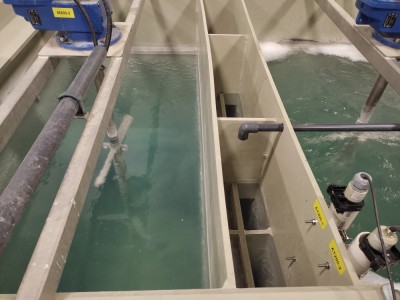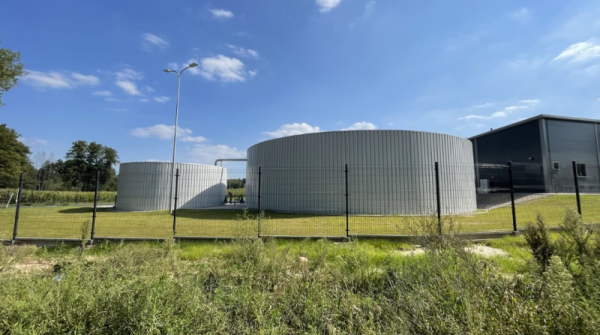

Flotation is the most effective method of removing contaminants such as fats, suspensions, and petroleum substances.
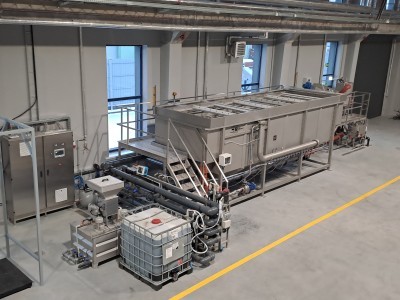
Biological reactor in which the processes of denitrification, nitrification and sedimentation take place in a programmed cycle in one tank.
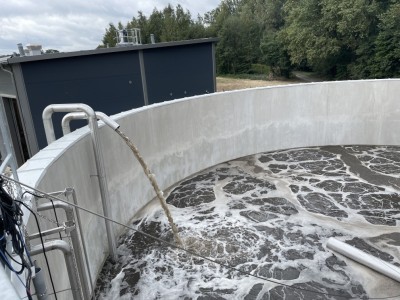
Mechanical separation, i.e. separating solid elements from the wastewater stream
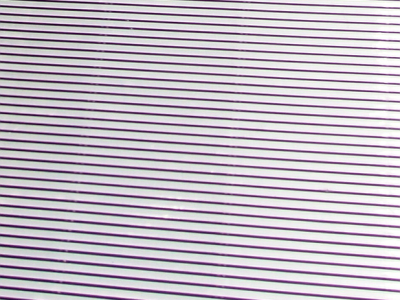
Devices for removing water from sediment by pressing, squeezing and other mechanical methods.
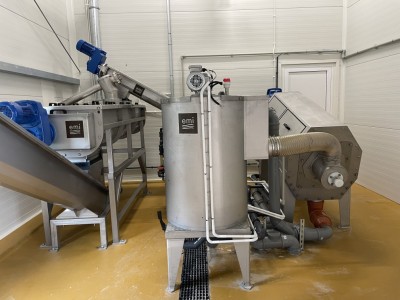
Averaging to improve efficiency and reduce wastewater treatment costs.
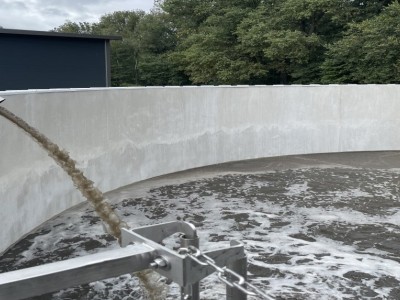
pH correction in flow or batch mode
